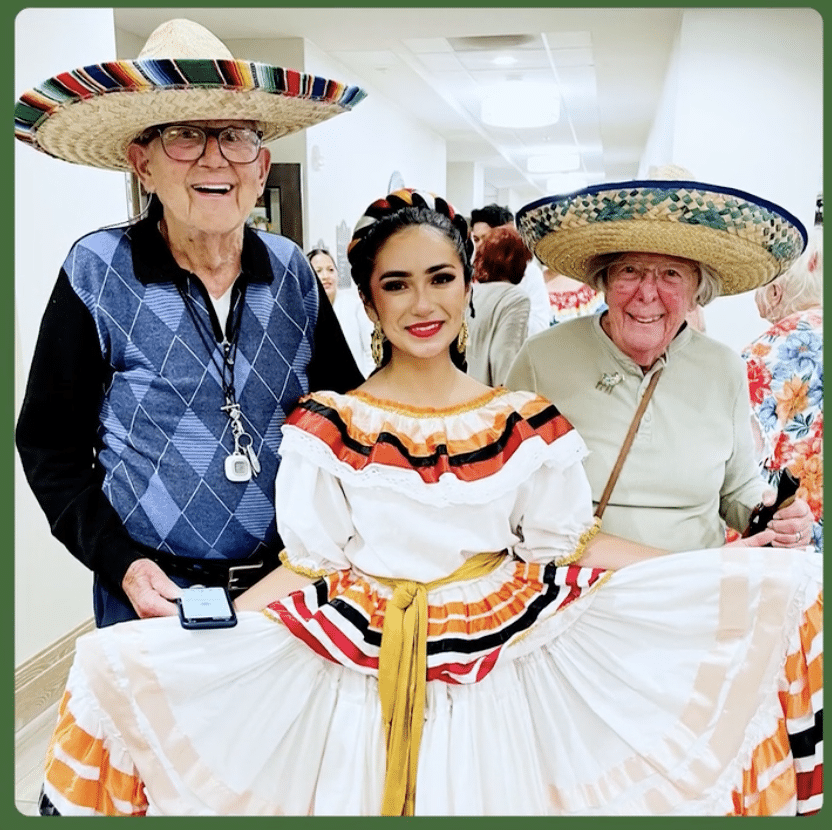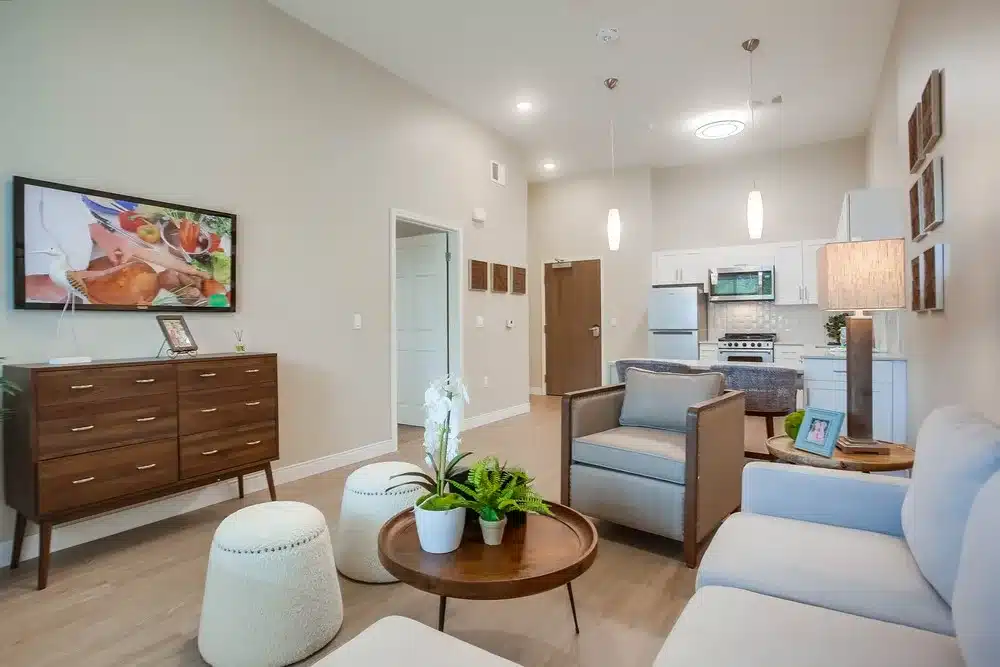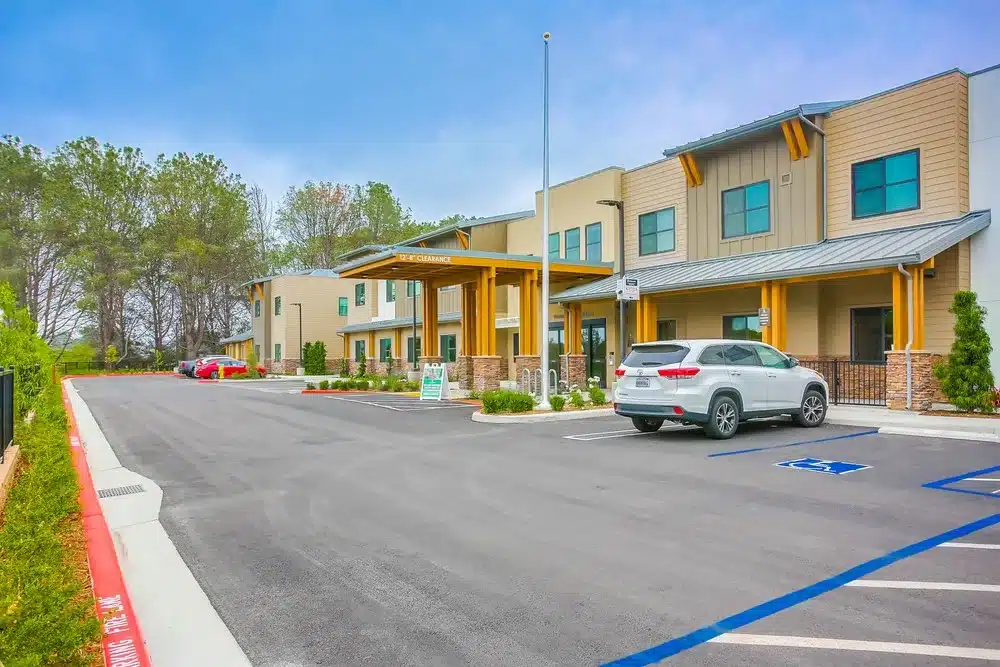How to Choose the Best Retirement Homes for You
Finding the Best Retirement Homes for a Comfortable Lifestyle
Choosing the best retirement homes near you ensures a fulfilling and secure future. With many options available, you must consider your healthcare needs, social preferences, and financial situation when deciding.
At Westmont of Encinitas, we understand the importance of finding a community that supports your lifestyle while providing the care and comfort you deserve. Whether you’re looking for retirement homes near Encinitas, CA, or exploring retirement homes for rent, knowing what to evaluate can help you make the right choice.
Understanding Your Retirement Needs
How do you ensure your retirement is tailored to your personal goals? Start by evaluating your healthcare requirements and lifestyle preferences. Consider whether you need assistance with daily tasks or prefer an active environment where you can engage in social activities.
Amenities play a crucial role in your retirement lifestyle. Features like fitness centers, wellness programs, and communal spaces can create an engaging experience. Additionally, if you or a loved one requires specialized memory care, understanding the value of trained staff can provide peace of mind.
Exploring Different Types of Retirement Communities
What type of American retirement homes best aligns with your lifestyle? There are several options to consider:
- Independent Living: Ideal for those who desire an active, maintenance-free lifestyle with access to social events and recreational activities.
- Assisted Living: Provides support with daily tasks while promoting independence.
- Memory Care: Specialized communities designed for individuals with Alzheimer’s or dementia.
Each type of community offers unique benefits, and evaluating your current and future needs will help determine the best fit. Additionally, having on-site medical care can enhance your overall well-being.
Financial Considerations When Choosing Retirement Homes
Understanding the financial aspects of American retirement homes for rent is crucial. From initial costs to ongoing expenses, financial planning ensures a stress-free transition.
Assessing Buy-In Costs and Monthly Fees
When moving into an American retirement home, some communities require an initial buy-in fee ranging from $100,000 to $500,000, while others offer rental options with no upfront costs. Review the monthly fee structure and what it includes—such as meals, utilities, housekeeping, and recreational activities.
A comprehensive evaluation of potential hidden costs ensures transparency in budgeting.
Funding Options for Retirement Communities
Planning your financial future requires exploring different funding options. Here are some common ways to finance your retirement living:
- Selling Your Home: Using home equity to fund your next chapter.
- Social Security Benefits: A reliable income source for covering monthly expenses.
- Reverse Mortgages: Utilizing your home’s value to finance retirement living.
- Housing Assistance Programs: Government support for eligible seniors.
For those seeking retirement homes near Encinitas, CA, researching local financial aid options can help manage expenses effectively. Government assistance programs may also be available to support your transition.

Choosing the Right Location for Your Retirement Home
Location is a critical factor when selecting Retirement communities. Consider proximity to family, medical facilities, and recreational activities. The climate can also influence your comfort—some prefer warm coastal areas, while others thrive in cooler environments.
If you’re considering retirement homes near Encinitas, CA, you’ll benefit from a mild climate, top-rated healthcare, and a vibrant senior community.
Touring and Researching Retirement Homes
Visiting potential retirement communities is essential in making an informed decision. When touring, assess the overall environment, staff interactions, and resident satisfaction.
Virtual vs. In-Person Tours
Both virtual and in-person tours provide valuable insights:
- Virtual Tours: Convenient for exploring multiple communities remotely.
- In-Person Visits: Essential for experiencing the atmosphere and meeting residents.
- Resident Engagement: Observe daily activities and interactions.
- Amenities Assessment: Ensure the community offers the facilities you desire.
Taking advantage of both tour methods can help you comprehensively understand each community.
Evaluating Community Amenities
Well-rounded retirement communities should offer amenities that align with your interests and well-being. Look for:
- Wellness programs and fitness centers
- Social activities and hobby clubs
- Dining options and nutrition services
- On-site medical and emergency response services
Amenities directly impact the quality of life, making them an essential consideration in your decision.
Engaging with Current Residents
Speaking with current residents can provide firsthand insights into daily life. Ask about:
- Social Environment: How welcoming is the community?
- Activity Involvement: Are there engaging programs and events?
- Staff Interaction: How responsive and caring is the team?
- Overall Satisfaction: Would they recommend the community?
Hearing personal experiences can help determine if the community meets your expectations.
Choosing the right retirement community is about more than just finding a place to live—it’s about embracing a lifestyle that enhances your well-being. By evaluating your healthcare needs, financial options, and preferred location, you can make an informed decision that supports a vibrant future.
At Westmont of Encinitas, we are committed to helping you find a place where you feel comfortable, engaged, and supported. For more information, please call us at 760-452-6037.
Frequently Asked Questions
How much does it cost to be in a retirement home?
The cost of living in a retirement home varies based on location, amenities, and level of care. On average, independent living communities range from $1,500 to $4,000 per month, while assisted living can cost between $3,000 and $7,000 per month. Additional services, such as personal care or medical assistance, may increase the price.
What is the difference between a retirement home and an elderly home?
A retirement home, also known as an independent living community, is designed for active seniors who need minimal assistance with daily tasks. An elderly home, often called a nursing home or skilled nursing facility, provides 24/7 medical care and support for seniors with significant health issues. The main difference is the level of care, with retirement homes focusing on independent living and elderly homes offering medical supervision and assistance.
What is the cheapest way for a senior to live?
The most affordable living option for seniors depends on their needs and available resources. Many choose to stay at home with the help of family, use government programs like subsidized senior housing, or join a shared living arrangement with other seniors. Low-income seniors may also qualify for Medicaid-funded care services, which can help cover costs for assisted living or home care.
Does Medicare cover retirement homes?
Medicare does not cover living costs in a retirement home or assisted living facility. However, it may cover certain medical services received while living in these communities, such as doctor visits, hospital care, and home health services. Seniors who need financial assistance for long-term care may need to explore Medicaid, long-term care insurance, or other state and federal aid programs.




















